An Introduction To 7 Types Of Synthetic Garnet Materials
Garnets are a group of silicate minerals that have been employed since the Bronze Age as gemstones and abrasives. The general chemical formula for garnet is A3B2(SiO4)3, where A represents a divalent element such as magnesium, iron, manganese or calcium, and B denotes a trivalent element such as aluminium, chromium or iron. Natural garnets include pyrope (Mg3Al2(SiO4)3), almandine (Fe3Al2(SiO4)3), spessartine (Mn2+3Al2(SiO4)3), grossular (Ca3Al2(SiO4)3), uvarovite (Ca3Cr2(SiO4)3) and andradite (Ca3Fe2(SiO4)3). This article focuses on synthetic garnets rather than natural varieties.
Synthetic garnet is also known as rare-earth garnet. The crystallographic structure has been extended from the standard prototype to further developed types. Consequently, a general chemical formula is used to describe these materials: A3B2(CO4)3. Here, A and B identify the same divalent and trivalent elements as mentioned earlier, while C may represent not only silicon but also elements such as germanium, gallium, aluminium, vanadium and iron.
This article provides a basic understanding of these 7 types of synthetic garnets: Terbium-Gallium Garnet (TGG), Terbium-Scandium-Aluminium Garnet (TSAG), Cerium-doped Lutetium Aluminium Garnet (Ce:LuAG), Cerium-doped Gadolinium Aluminium Gallium Garnet (Ce:GAGG), Neodymium-doped Yttrium Aluminium Garnet (Nd:YAG), Chromium-doped Yttrium Aluminium Garnet (Cr4+:YAG), and Gadolinium Gallium Garnet (GGG).
Terbium-Gallium Garnet (TGG)
Terbium Gallium Garnet (TGG) is a type of synthetic garnet with the chemical composition Tb3Ga5O12. TGG exhibits a high Verdet constant, low optical losses, good thermal conductivity and a high laser damage threshold. It is used in optical isolators for laser systems, optical circulators in fibre optic systems, optical modulators and in current and magnetic field sensors. The TGG single crystal is used for the fabrication of Faraday rotators and isolators operating in the wavelength range 400–1100 nm, excluding 470–500 nm.
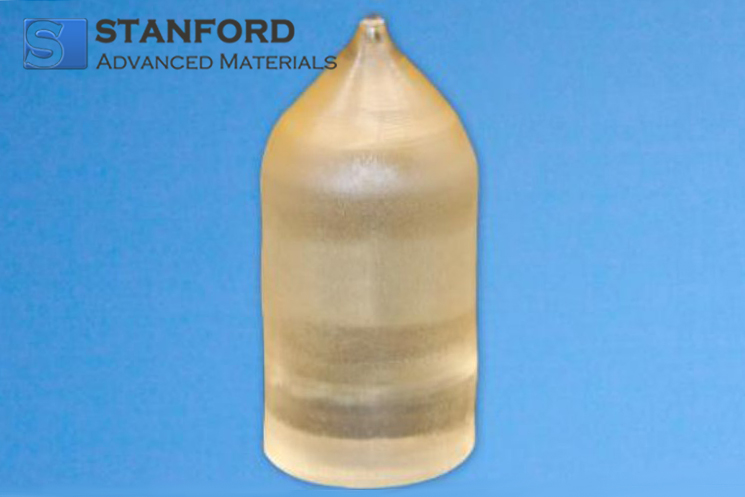
Terbium-Scandium-Aluminium Garnet (TSAG)
Terbium-Scandium-Aluminium Garnet (TSAG) is a colourless and highly transparent synthetic garnet with the chemical composition Tb3Sc2Al3O12. It demonstrates a high Verdet constant and stable thermal and mechanical characteristics. TSAG is applied as an isolator material in fibre lasers and as a magnetic crystal in both the visible and infrared ranges.
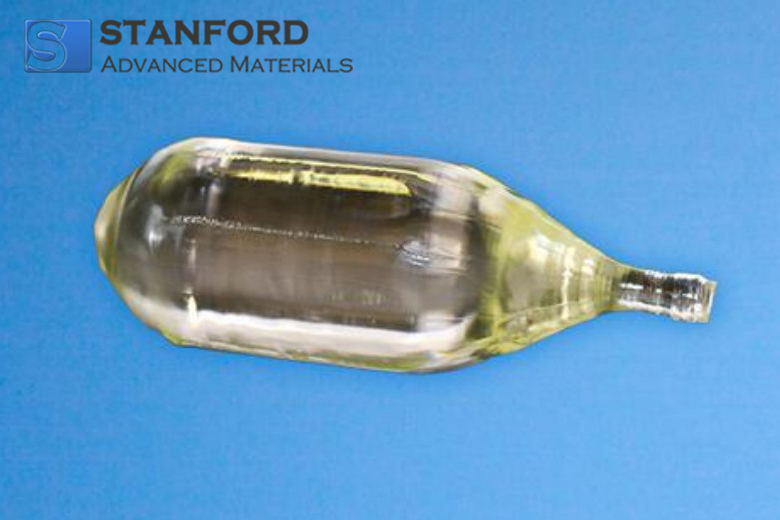
Cerium-doped Lutetium Aluminium Garnet (Ce:LuAG)
Cerium-doped Lutetium Aluminium Garnet (Ce:LuAG) is a scintillator possessing high density, fast decay time, non-hygroscopic behaviour and reliable mechanical and chemical properties. The material is chemically and mechanically stable, and it can be processed into various shapes and sizes, including prisms, spheres and thin plates. Ce:LuAG is used in thin screens, medical scanning systems, high-energy particle accelerators and detectors, as well as in laser and LED illumination.
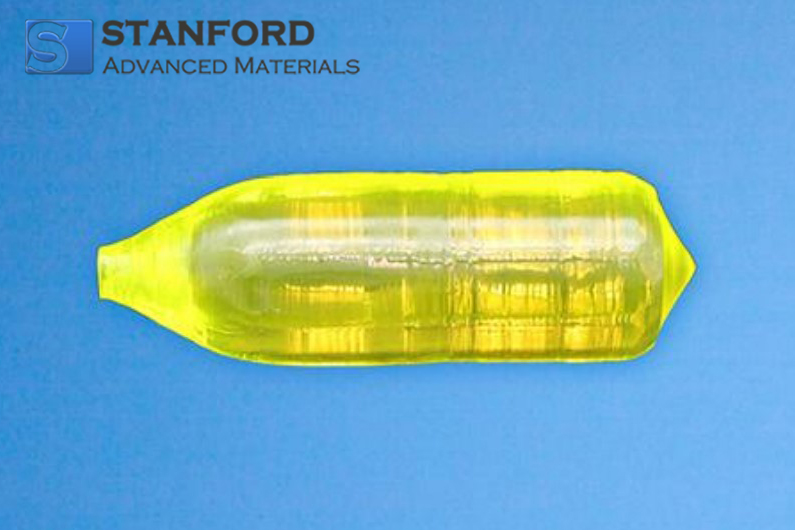
Cerium-doped Gadolinium Aluminium Gallium Garnet (Ce:GAGG)
Cerium-doped Gadolinium Aluminium Gallium Garnet (Ce:GAGG) is a single crystal scintillator that provides high light yield, quantifiable energy resolution, a high effective atomic number, fast scintillation response, chemical stability and the capacity for large crystal growth. The Ce:GAGG crystal is used in medical imaging techniques such as X‑ray imaging, computed tomography (CT), positron emission tomography (PET) and single-photon emission computerised tomography (SPECT).
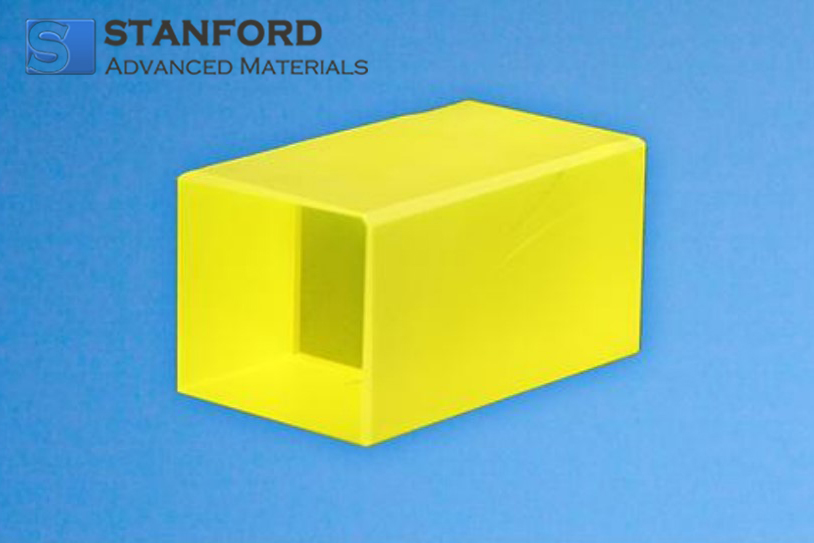
Neodymium-doped Yttrium Aluminium Garnet (Nd:YAG)
Neodymium-doped Yttrium Aluminium Garnet (Nd:YAG) is a synthetic crystal composed of neodymium, yttrium, aluminium and oxygen with the chemical formula Nd:Y3Al5O12. Data indicate that Nd:YAG has moderate optical absorption and conversion efficiency, a low lasing threshold and effective thermal management under high-power operation. It is used in medical and industrial lasers, including applications for laser marking, cutting, laser therapy and cosmetic devices.
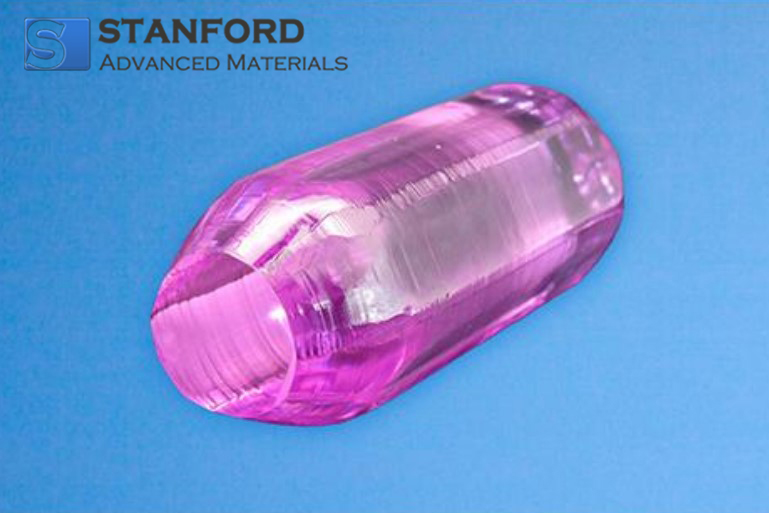
Chromium-doped Yttrium Aluminium Garnet (Cr4+:YAG)
Chromium-doped Yttrium Aluminium Garnet (Cr4+:YAG) is a crystal with the chemical formula Cr4+:Y3Al5O12. The crystal is chemically stable, UV-resistant and durable. It operates over a wide temperature range and under various conditions, which makes it suitable for high-average-power applications. Cr4+:YAG is employed as a passive Q-switch in Nd:YAG and other Nd‑ and Yb‑doped lasers over wavelengths from 0.8 to 1.2 µm. It is also used in remote sensing, 3D scanning and LiDAR systems.
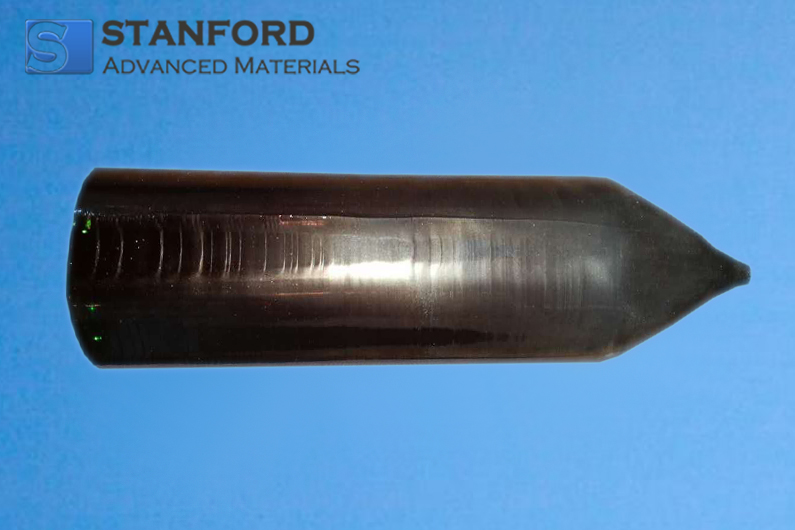
Gadolinium Gallium Garnet (GGG)
Gadolinium Gallium Garnet (GGG) is a crystalline garnet with the chemical formula Gd3Ga5O12. GGG single crystals present defined mechanical, thermal and optical properties, including low optical losses, high thermal conductivity and a high laser damage threshold. It is used in the manufacture of optical components and substrates. The GGG single-crystal substrate supports the epitaxial growth of YIG and BIG films, which constitute key parts of optical communication devices.
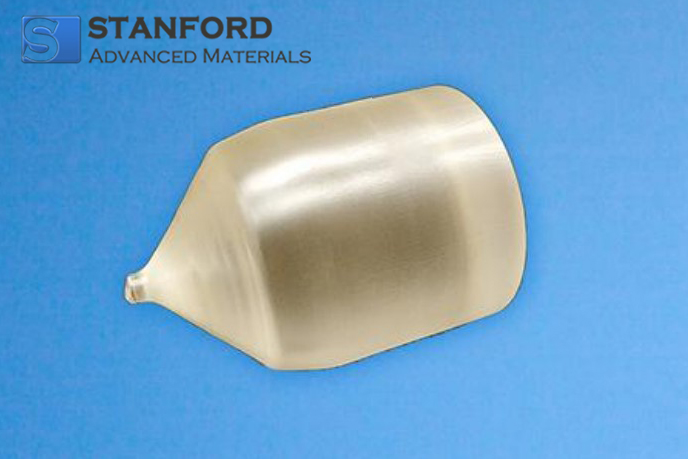
Stanford Advanced Materials (SAM) is dedicated to the production of optical crystal materials for a range of applications and devices. The functional crystal materials primarily include magneto‑optical crystals such as TGG Terbium‑Gallium Garnet and TSAG; piezoelectric crystals such as LT (LiTaO3) Lithium Tantalate, LN (LiNbO3) Lithium Niobate, and LGS Lanthangallium Silicate; scintillator crystals such as Ce:LuAG and Ce:GAGG; the laser crystal Nd:YAG; and single-crystal epitaxial substrate materials such as GGG, SGGG and Lanthanum Aluminate LaAlO3, among others. If you are interested in purchasing high‑purity crystal materials, you may send an enquiry to our sales team.

 Bars
Bars
 Beads & Spheres
Beads & Spheres
 Bolts & Nuts
Bolts & Nuts
 Crucibles
Crucibles
 Discs
Discs
 Fibers & Fabrics
Fibers & Fabrics
 Films
Films
 Flake
Flake
 Foams
Foams
 Foil
Foil
 Granules
Granules
 Honeycombs
Honeycombs
 Ink
Ink
 Laminate
Laminate
 Lumps
Lumps
 Meshes
Meshes
 Metallised Film
Metallised Film
 Plate
Plate
 Powders
Powders
 Rod
Rod
 Sheets
Sheets
 Single Crystals
Single Crystals
 Sputtering Target
Sputtering Target
 Tubes
Tubes
 Washer
Washer
 Wires
Wires
 Converters & Calculators
Converters & Calculators
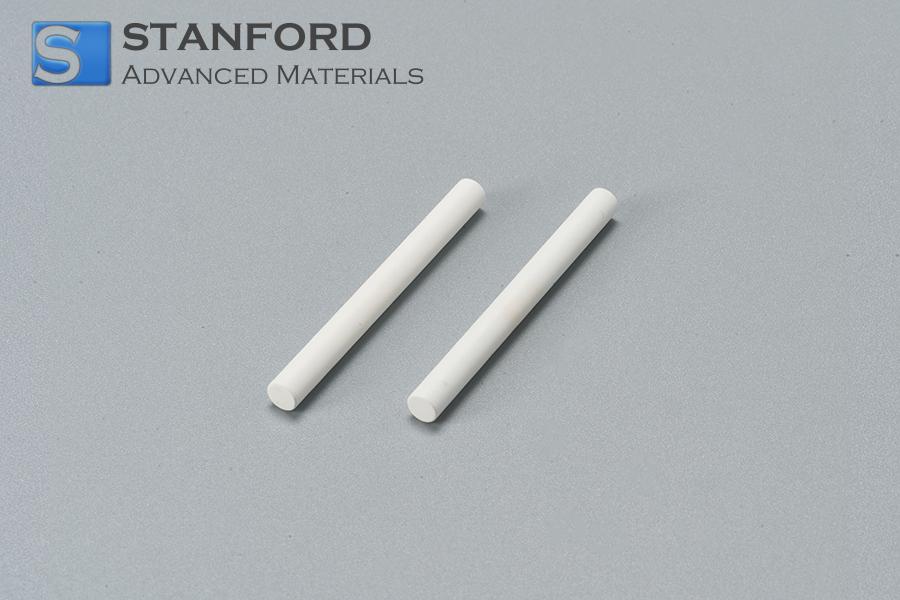



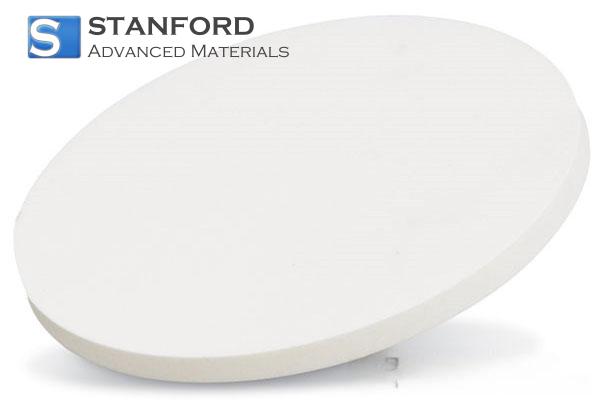
 Chin Trento
Chin Trento



